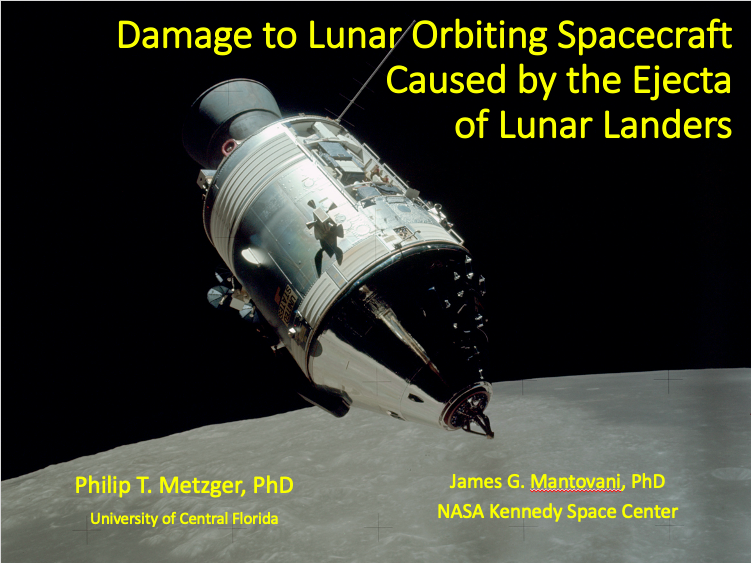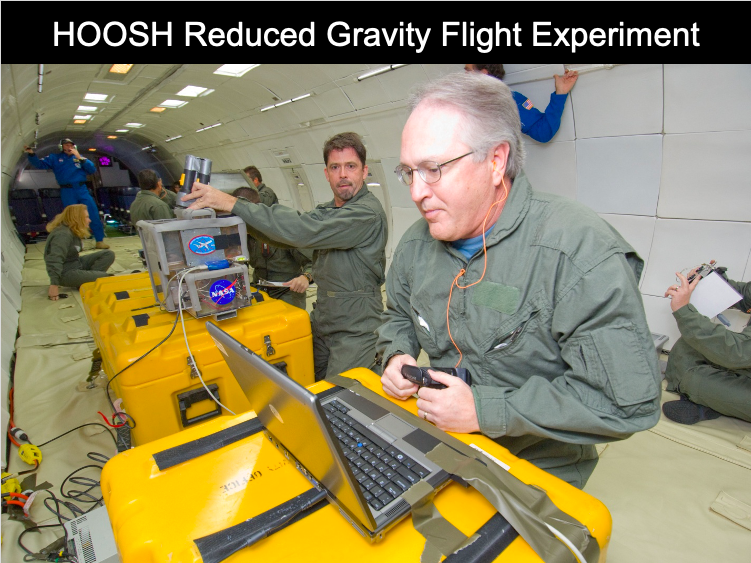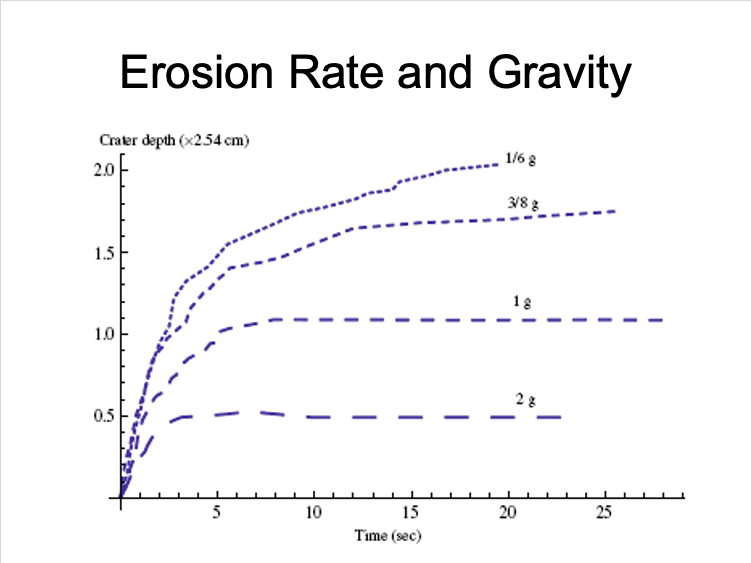
True! Short thread 🧵
First, this article is an example from 2017 of NASA stating that NASA budgets are not enough to do Mars missions: arstechnica.com/science/2017/0…
First, this article is an example from 2017 of NASA stating that NASA budgets are not enough to do Mars missions: arstechnica.com/science/2017/0…
https://twitter.com/rmundo/status/1416215403462680578
(2) An example from 2013, former NASA Admin Bolden explaining that NASA cannot afford to do Mars missions because it can only afford to build SLS and Orion. It cannot afford transfer vehicles, landers, Mars habitat & power systems, ascent vehicle, etc. spacenews.com/37808bolden-ca…
(3) The Agency finally realized and admitted in the mid 2010s that it needed to develop a new economic strategy if it wanted to ever get to Mars. It did, & called the strategy “Sustainable Exploration.” It had about 10 bullet points, including the following ideas...
(4) One idea was to keep building up infrastructure in space so there is always a net gain.
Another idea was to develop building blocks over time (SLS, Orion, later some others).
But another idea relevant to the recent flights of billionaires in space was THIS: ...
Another idea was to develop building blocks over time (SLS, Orion, later some others).
But another idea relevant to the recent flights of billionaires in space was THIS: ...
5/ The Agency would begin encouraging private industry to develop commercial businesses in space, so THEY would sustain the in-space building blocks using their OWN revenues which would not come from NASA! Here are some examples of the Agency saying this: ...
6/ This quote is from Gary Martin, who was head of the Partnerships Program at NASA Ames. From: catalog.libraries.psu.edu/catalog/159946… 

7/ These examples showing the new & growing reliance on commercial space are from a NASA document “Voyages:
Charting the Course for Sustainable Human Space Exploration” nasa.gov/pdf/657307main…



Charting the Course for Sustainable Human Space Exploration” nasa.gov/pdf/657307main…




8/ A few more examples from that document. Note how commercial space is being treated as a “partner” similar to the international partners (European Space Agency). These are not mere contractors, but businesses that have their *own* activities in space besides supporting NASA. 





9/ I attended some workshops where NASA explicitly discussed how these commercial companies need to create revenues from commercial activity so they aren’t getting all their money from NASA, otherwise it is just a shell game.
10/ An example from a NASA website: “...public-private partnerships...stimulating commercial activities...”
nasa.gov/topics/moon-to…
nasa.gov/topics/moon-to…

11/ And the most recent example, the source selection document for the NASA Human [Lunar] Landing System. SpaceX was praised for having a well developed plan to create commercial revenue with its lunar lander. This was a major factor in NASA’s evaluation. nasa.gov/sites/default/… 

12/ To summarize: NASA has a strategy that relies on commercial companies developing strategies to create *profit* by doing things in space *other* than supporting NASA. There is no other way for NASA to reach Mars and do the other great exploration we want it to do. So...
13/ NASA now has a number of programs specifically designed to help develop these commercial companies so NASA can benefit from the synergy. Commercial Cargo, Commercial Crew, Lunar CATALYST, Commercial Lunar Payload Services (CLPS), and the Human Lander System.
14/ Now it is tricky, finding ways to profit in space apart from just supporting NASA or just putting up satellites. (I have kept a list of concepts for many years.) Space Tourism is one of the ideas. We argue how scalable it will be. Will it only have billionaire customers?
15/ Most people believe it will be scalable at least to some degree, the costs dropping over time creating a large growth in ticket sales. We think it will include trips around the Moon, to the lunar surface, & beyond. But will it have enough synergy to really help NASA?
16/ People disagree over this, but as in all business the proof is in the pudding. I have changed views over the years. I now think it *will* grow to be very significant. In any case, it will be a non-negligible part of the revenues in the portfolio of many space companies.
17/ And the tech to do space tourism is common with the tech for other space activities, so the synergy is not just between commercial space and NASA, but also between multiple commercial activities.
18/ Other commercial space activities include mining water on asteroids and the Moon to boost commercial communication satellites and support other non-NASA transportation. We can provide that water to “gas stations in space”. orbitfab.space
19/ My own list has about 39 commercial space ideas on it, some crazy, some very very real. Space entrepreneurs are creating many other business concepts. Space tourism is just the beginning. Something I’ve worked on: nasa.gov/directorates/s…
20/ So to reiterate, these commercial space activities are deeply embedded in NASA’s plan for Solar System exploration. They are not a distraction. They are the plan. Billionaires flying into space is part of the process of companies creating their success so NASA can do more.
• • •
Missing some Tweet in this thread? You can try to
force a refresh









